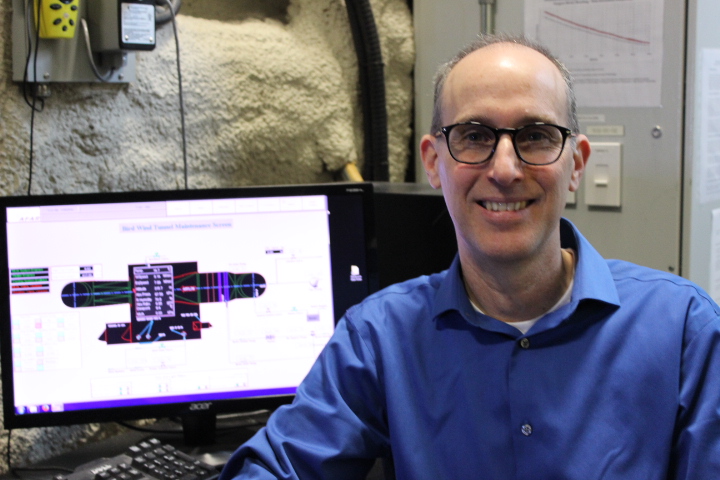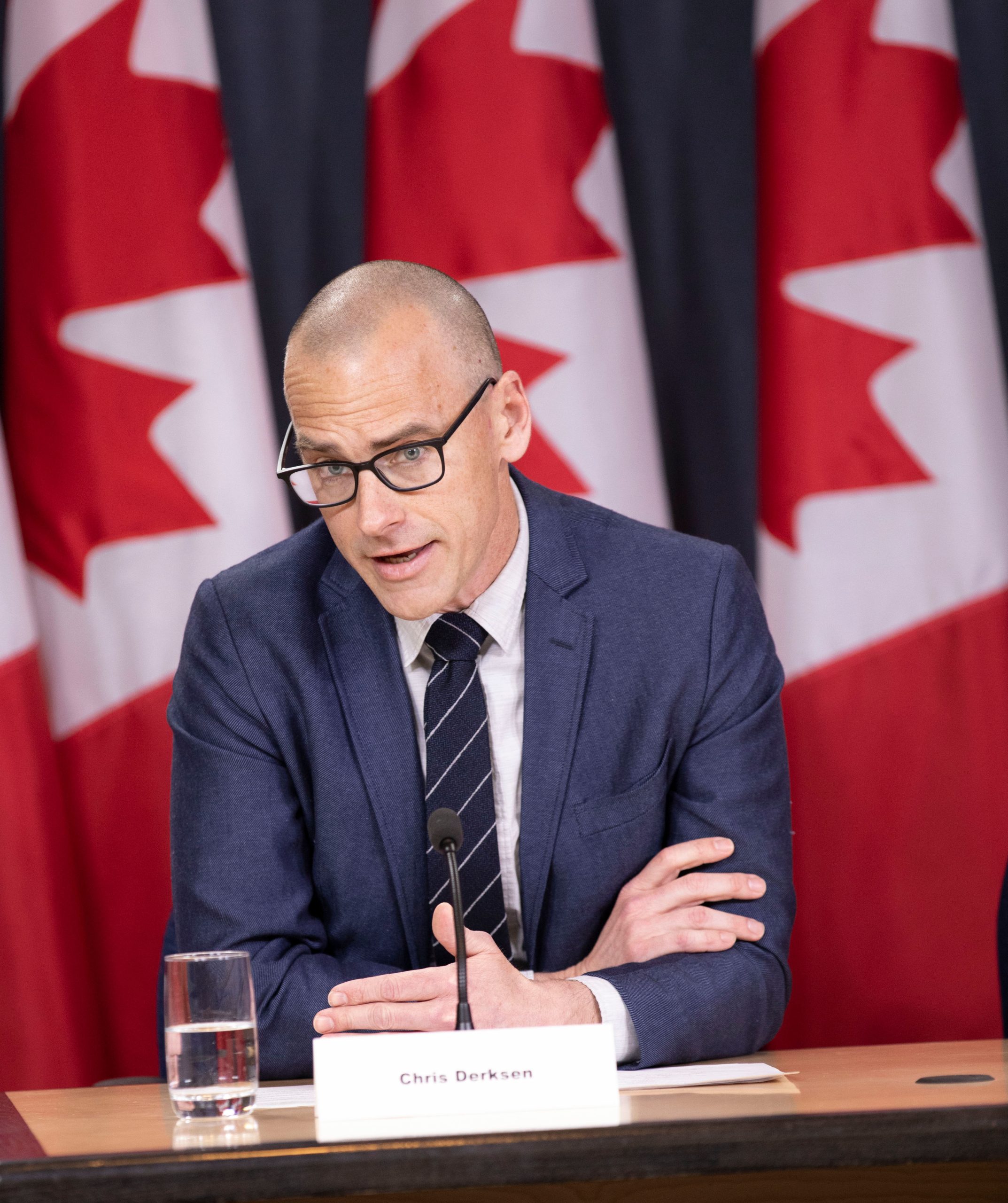Session A: Future Science Missions
3:45 – 4:05 (20 mins) presentation by Chris Derksen followed by 4:05 – 4:25 (20 mins) presentation by Viraja Khatu followed by 4:25 – 4:45 (20 mins) presentation by Chris Guglielmo
The Terrestrial Snow Mass Mission – Chris Derksen
Freshwater delivered by seasonal snow melt is of the utmost importance for the health and well-being of Canadians, supports all sectors of the economy, sustains ecosystems, and poses risks through floods or sustained drought events. At present, surface snow mass observing networks are sparse; current satellite observing systems lack the capability to derive terrestrial snow water equivalent (SWE, the amount of liquid water stored in solid form by snow) at the spatial resolution, synoptic sensitivity, global coverage, and accuracy required for environmental monitoring, climate services, and hydrological prediction. The required combination of revisit time, spatial coverage, measurement resolution, and sensitivity to the mass of snow on the ground necessitates a new spaceborne observing concept. To address this observing gap, Environment and Climate Change Canada (ECCC), the Canadian Space Agency (CSA), industrial partners, and international scientific collaborators are developing a new Ku-band radar mission primarily focused on seasonal snow. Following technical trade-off studies, a concept capable of providing dual-polarization (VV/VH), moderate resolution (500 m), wide swath (~250 km), and high duty cycle (~25% SAR-on time) Ku-band radar measurements at two frequencies (13.5; 17.25 GHz) was identified. Ku-band radar is a viable approach for a terrestrial snow mission because these measurements are sensitive to (1) SWE through the volume scattering properties of dry snow and (2) the wet/dry state of snow cover. These two parameters characterize the key aspects of snow relevant to hydro-climatological applications.
This presentation will provide an overview of the Ku-band radar technical concept, ongoing activities to advance the scientific readiness, and the programmatic status of the mission.
4:05 – 4:25 (20 mins) presentation by Viraja Khatu
CASTOR as the First Flagship Space Astronomy Mission – Viraja Khatu
The Cosmological Advanced Survey Telescope for Optical and ultraviolet Research (CASTOR) – ranked as the highest priority space mission in Canada’s 2022 Long Range Plan for Astronomy – is the first Canadian flagship mission proposed to the Canadian Space Agency. CASTOR will be a 1-metre aperture telescope that will carry out wide-field surveys of the Universe in the ultraviolet and optical light with imaging and spectroscopic (high-resolution slit and slitless) capabilities. As a successor to the Hubble Space Telescope (HST), CASTOR will cover a field of view hundred times more than that of HST at a similar image resolution. The large sky area, high image resolution, and a diverse suite of instruments would enable ground-breaking discoveries in the Solar System and extrasolar planetary science, stellar and galactic astrophysics, and extragalactic astronomy with CASTOR. Together with a large academic community planning the science goals of the mission, the CASTOR project involves experts from industry working on technical designs of the telescope and its instruments as well as government professionals supporting both the scientific and the technical developments. Thus, CASTOR is a huge collaboration between various sectors within Canada and at the international level. I will present the CASTOR mission goal, its ongoing and future developments, its wide and diverse community, and opportunities to get involved with the mission.
4:25 – 4:45 (20 mins) presentation by Chris Guglielmo
Know your Greek and Latin: the future of space-based animal tracking with ICARUS and Motus
Movement is fundamental to the lives of all animals. Understanding the movement ecology and migration of animals is crucial to their conservation, and provides a means to use animals as biosensors of environmental conditions across the Earth. As a high-latitude country with seasonal extremes, Canada has an especially large proportion of migratory animals, and should be at the forefront of space-based technologies for animals tracking. ICARUS is a next-generation animal tracking system with sophisticated tags that transmit to orbiting receiver platforms. Motus is a Canadian-made, ground-based network of thousands of radio receiving towers in over 30 countries for tracking even very small animals, such as songbirds, bats, and insects. Space-based data collection from the Motus network would increase its capabilities by orders of magnitude. I will discuss these systems, and how Canada’s space program could play a larger role in developing and sustaining them.



